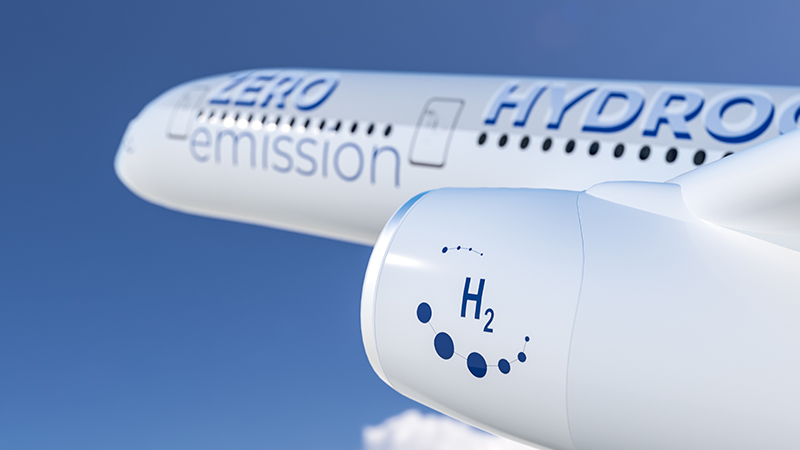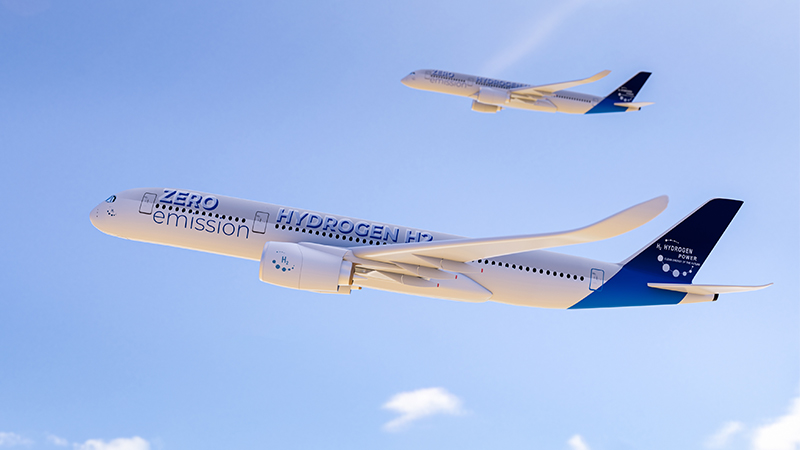

In March 2021, we looked at the current state of hydrogen fuel in aerospace. Despite it only being 12 months ago, plenty has happened since then.
While we still do not have any commercial hydrogen planes, we are at least a step closer to them being viable.
So, let us look at the recent developments of hydrogen fuel in aerospace.
Most companies developing hydrogen powertrains seek to reinvent an aircraft’s entire propulsion system.
This is not unreasonable, as we could not simply put a hydrogen fuel tank into an aircraft and expect it to work.
Hydrogen can either be used to generate electric power or be combusted in a gas turbine engine. Many designs use a combination of the two in the form of a hybrid aircraft engine.
Modifying existing infrastructure to run on hydrogen instead of jet fuel could be the easiest way into the industry.
After all, it would reduce the overall development cost if it did not require a whole new powertrain.
Hydrogen can also be used to make synthetic fuels by combining it with carbon dioxide.
In theory, these synthetic fuels are compatible with standard combustion engines, making them another way into the industry.
Hydrogen has an energy-per-unit mass three times higher than normal aviation fuel.
As such, it holds great potential for turning aerospace into a green industry. But, to achieve this, we must confront some difficult problems.
The first is producing truly green hydrogen. Most of the world’s hydrogen comes from grey sources – those related to fossil fuels.
An alternative is blue hydrogen, which produces CO2 but disposes of it in “friendly” ways.
Finally, we have green hydrogen, which uses renewable energy to separate the hydrogen from water molecules.
Currently, the process costs around $6 per kilogramme, which is up to three times higher than blue hydrogen.
Until this cost drops, completely green hydrogen is not a viable solution for the whole aerospace industry.
Then we have the design of the aircraft.
Hydrogen has a lower volumetric energy density than jet fuel, meaning storage tanks will be bulkier and will result in a redesign of aircraft.
So, even if we can adapt powertrains, the aircraft will need adjustment to accommodate larger fuel storage tanks.
Even so, hydrogen fuel is a viable option for the aerospace industry.
We are going through an interesting period where the theory (and much of the technology) exists; we simply need to apply it and test it.
Think of it much like the hybrid car revolution of the early 21st century. That was a similar process, and if it is anything to go by, it shows that adapting aircraft will work.

The bottom line is that hydrogen fuel in aerospace is an interesting industry and one with a lot of growth potential in the coming years.
Over the next few weeks, we will delve more into the availability of engineers in this sector and how you can get involved.
Want to read more about Hydrogen Fuel in Aerospace? Click one of the links in the related articles below.
